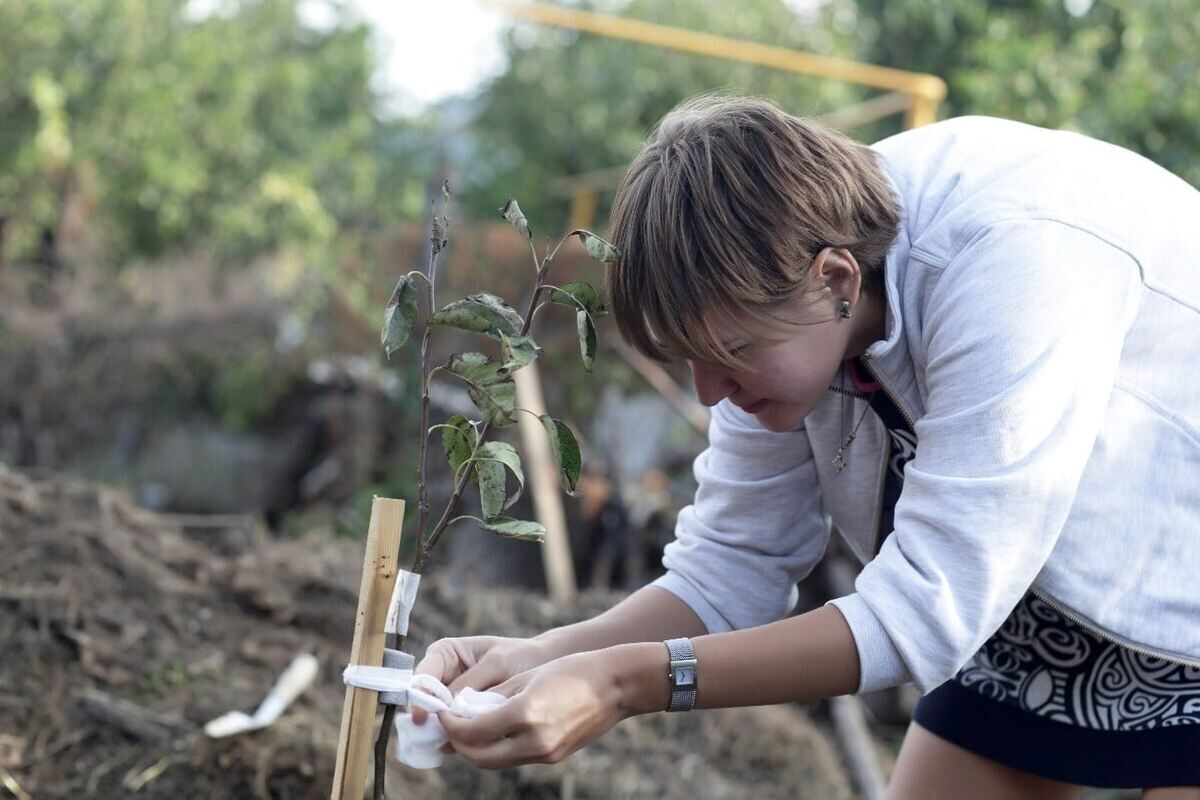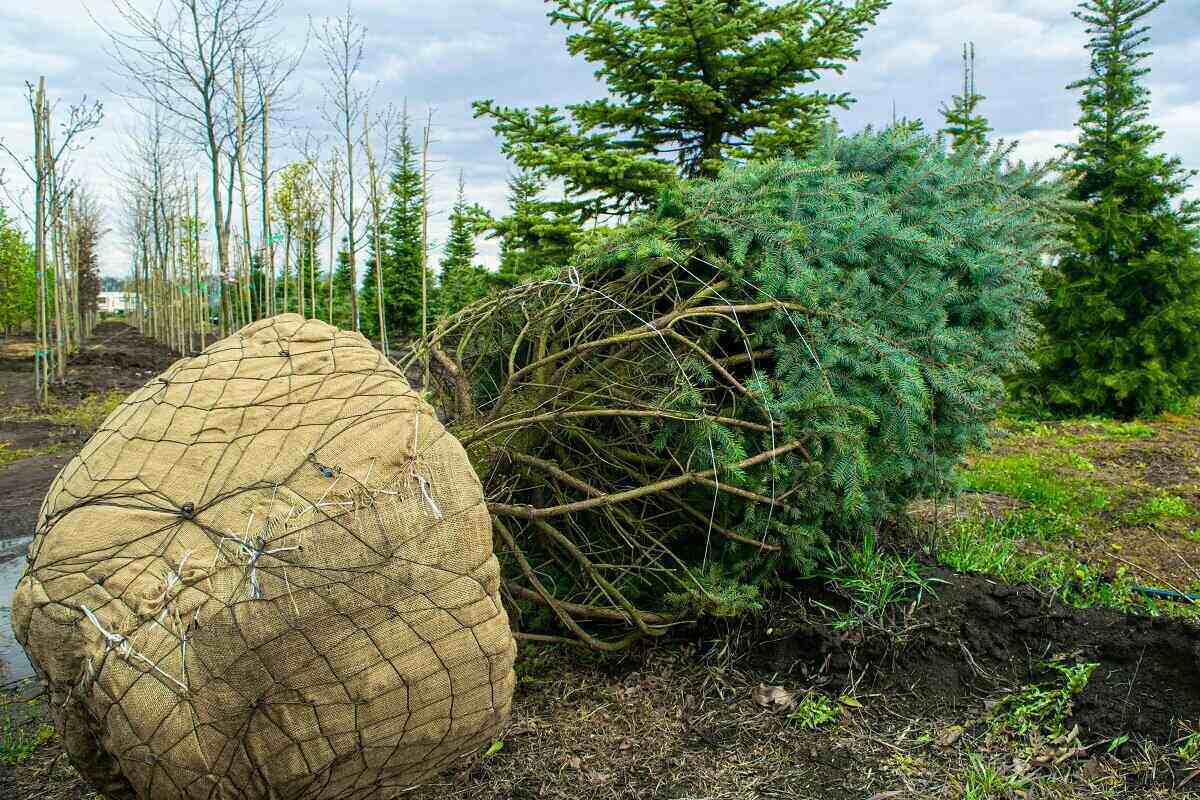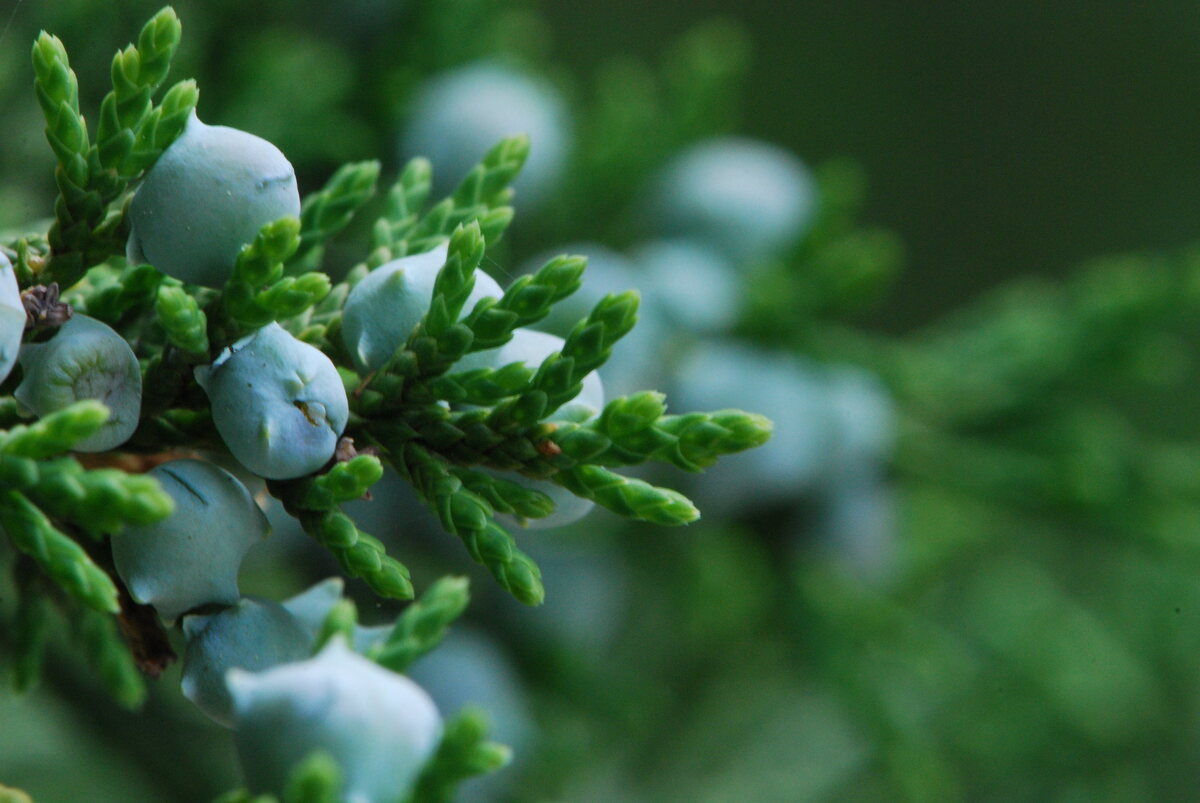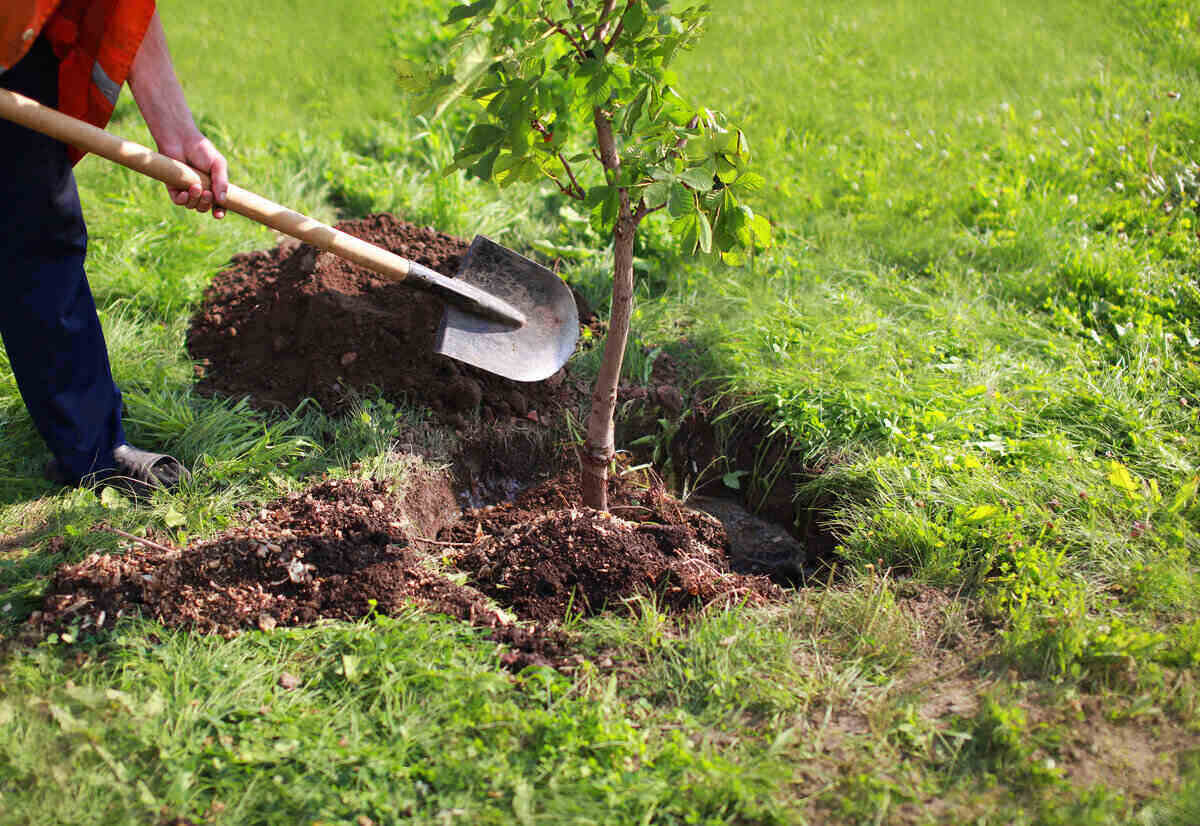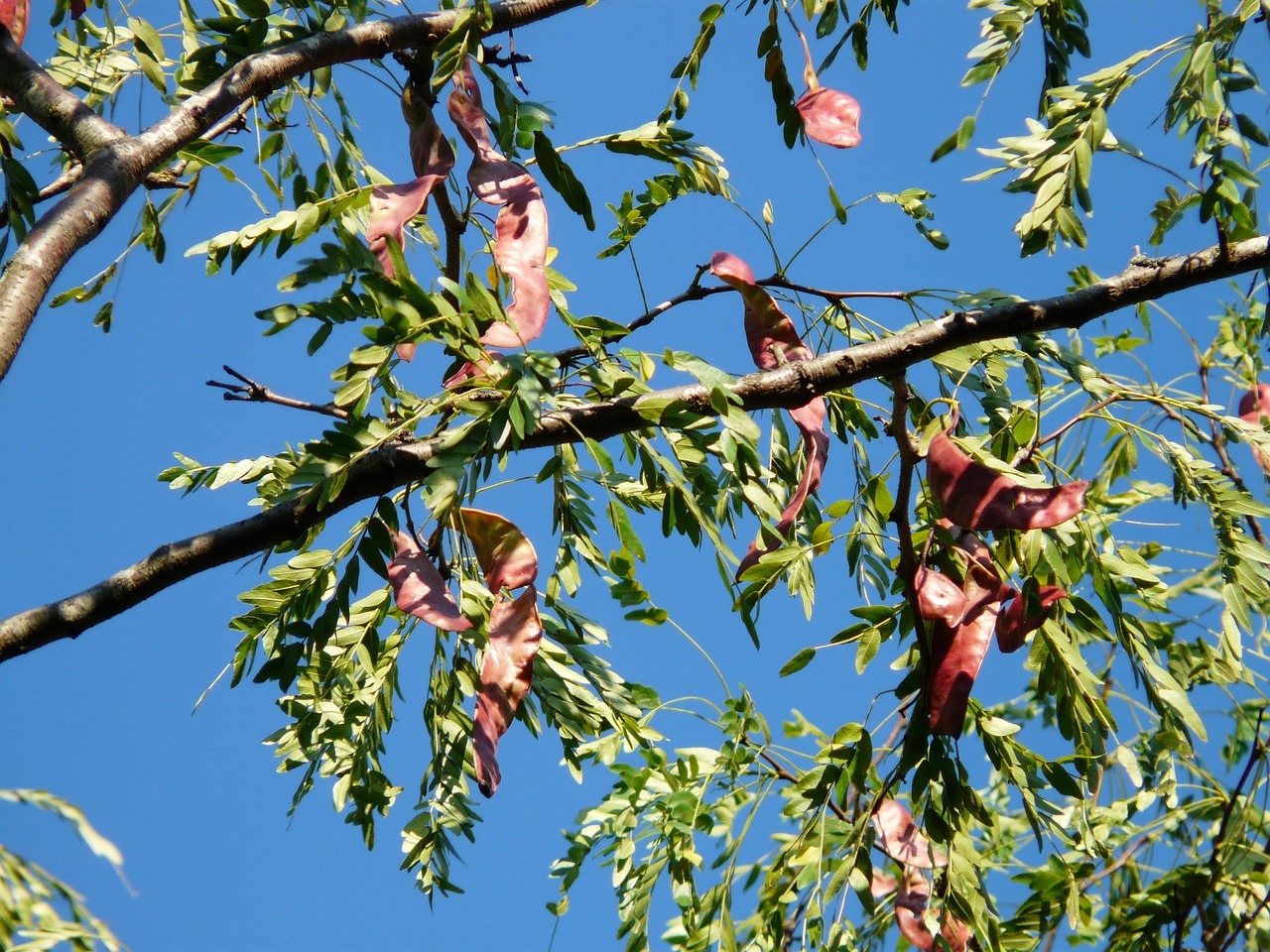
Growing a beautiful tree, one that’s right for your landscape, begins before you dig a hole and put a sapling in the ground. Homeowners need to consider the species, where to plant it and exactly how big it’s going to get down the road.
“They’re like puppies — they’re like great Danes,” says Ron Banks, sales manager at Taylor’s Nursery in Raleigh. “You have to take into account that someday that dog gets pretty big and may outgrow your backyard.”
Whether for their weak limb strength, large mature size that threatens homes, their tendency to aggressively colonize your neighborhood or their abundant messes and weird smells, here are five trees never to plant in the City of Oaks.
Bradford Pear (Pyrus calleryana)
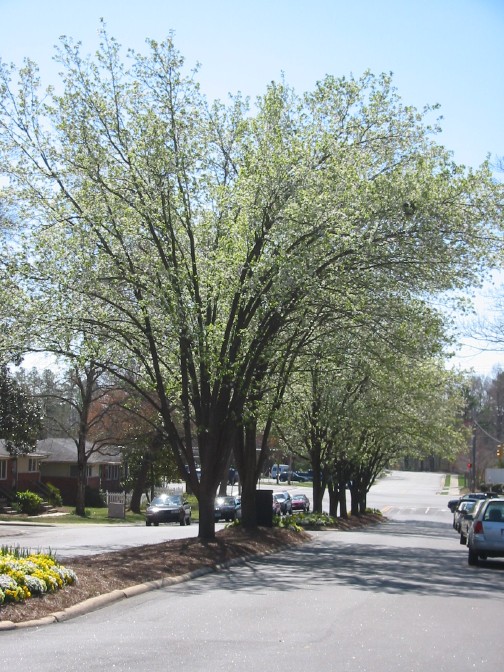
You’re not likely to find many landscape professionals today that will recommend the Bradford pear for much of anything, and that’s why it tops this list.
The North Carolina Invasive Plant Council lists it among problematic invasive species, noting the tree is native to China and Taiwan. It was brought to the country for experiments in fighting blight on native pear trees and quickly emerged as an ornamental favorite.
Unfortunately, its structural weakness makes its limbs prone to break from wind, ice and snow. Its blossoms smell so bad it’s been nicknamed “tuna on a trunk.” It spreads so well that in just a few years, one tree can spawn a grove of Bradford pears in the lot next door.
Those issues are compounded by the carpet of white petals and little fruits you’ll have to rake up, and the pungent smell that will cover your yard when those blooms come out in spring.
Ohio has already banned the sale and distribution of the Bradford pear, beginning in 2023. Indiana has indicated it will follow suit. Save yourself a lot of headaches and worry, and leave the Bradford pear out of your landscape plan.
Tree of Heaven (Ailanthus altissima)
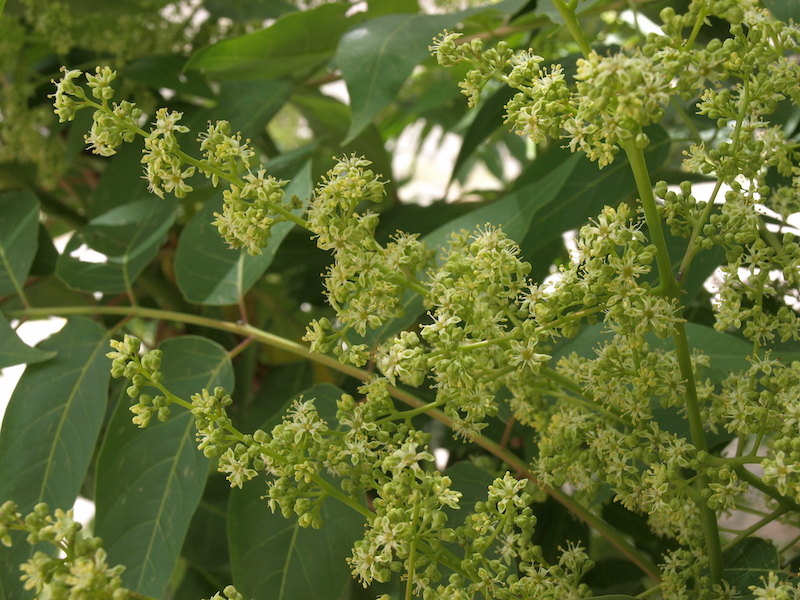
An attractive deciduous tree that grows quickly to a maximum height of 80 feet may sound appealing to a homeowner planning a landscape, but the tree of heaven is anything but.
The tree is an invasive species native to China. It establishes easily and can grow virtually anywhere, making it thrive in urban environments.
It often establishes in sidewalks, cracks next to buildings and in retaining walls. Its decaying leaves even create toxic soil conditions to discourage anything else from growing. It, too, has a smell problem, as you might expect from a tree whose common name is “stinking sumac.” So don’t be drawn in by this flowering ornamental tree. Before you know it, they’ll be everywhere around your property, pushing out other plants.
You can get the same aesthetic value from some native species like sumac, hickory and black walnut (learn about more trees native to Raleigh).
White Ash (Fraxinus americana)
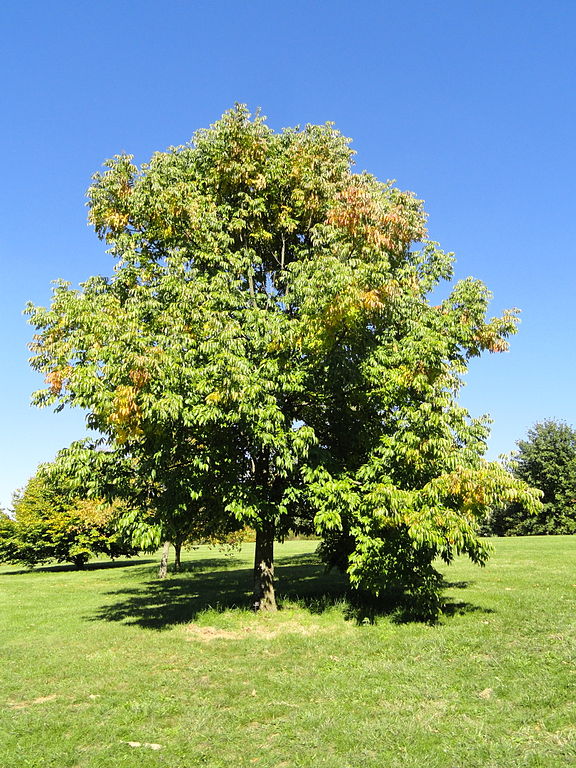
Unfortunately, it’s not the tree’s characteristics that make the white ash a tree that Raleigh homeowners should avoid. The culprit is an insect that kills them, the emerald ash borer.
Ash trees aren’t invasive, but the borers are, and they’re wreaking havoc across the U.S.
Taylor’s Nursery discontinued their ash stock due to the pesky little insect, Banks says. All of North Carolina and most of the eastern U.S. have quarantined the movement of ash tree wood in an effort to stop the borer’s spread.
The trees can grow up to 90 feet tall, explains the North Carolina extension service, and some cultivars are known for their amazing fall colors.
But the ash borers are claiming them in huge numbers. They were first spotted in North Carolina along the Virginia border in 2013, but since their introduction into the U.S. in 2002, they’ve killed tens of millions of trees.
For homeowners in the capitol area, avoiding planting new ash trees will help curtail the spread of the killer insects.
Honey Locust (Gleditsia triacanthos)
It’s not invasive, it’s not susceptible to specific diseases or killer insects. You can’t even say it’s ugly, but the honey locust (pictured at top of page) is a tree that will give homeowners plenty of headaches, thanks to one weakness.
“It’s a beautiful tree, but it’s very brittle,” Banks says. “There’s always something falling.”
Unlike the Bradford pear, it’s not big heavy limbs that threaten to fall, but an abundance of small twigs and limbs that come down with every strong wind, he explains.
The tree itself is in the pea family, the extension says, and it’s covered with large thorns, though some cultivars are available without them.
Its big problem is cleanup. The extension won’t recommend it for landscapes due to the thorns and the numerous seed pods it drops.
So unless you like continually cleaning up the sticks and seed pods that will fall beneath it, avoid the honey locust in your Raleigh landscape.
Mimosa (Albrizia julibrissin)
The Mimosa tree’s beautiful and numerous pink flowers make it a tempting choice for many homeowners, but this tree is classified as invasive in North Carolina, and its problems will soon outweigh its beauty for the homeowner who gets pulled in by those blooms.
They can reach 50 feet in height, with feathery, fern-like leaves.
In the summer, it will produce dangling seed pods that hang on all the way through winter, where animals spread them, and those seeds stay viable for many years.
And that’s not the only way it will go about colonizing your neighborhood. It can also spread from root sprouts and often takes over forest edges with dense stands.
Some native species that can give you the best of the mimosa without all its baggage include the red buckeye and eastern redbud.
So if you’re looking to add some height and interest to your home landscape, trees are a great option. Talk to a Raleigh landscaping expert if you need help selecting plants or trees for your landscape.
“The biggest issue is planting a tree that works for that location 10, 15, 20 years down the road,” says Banks.
